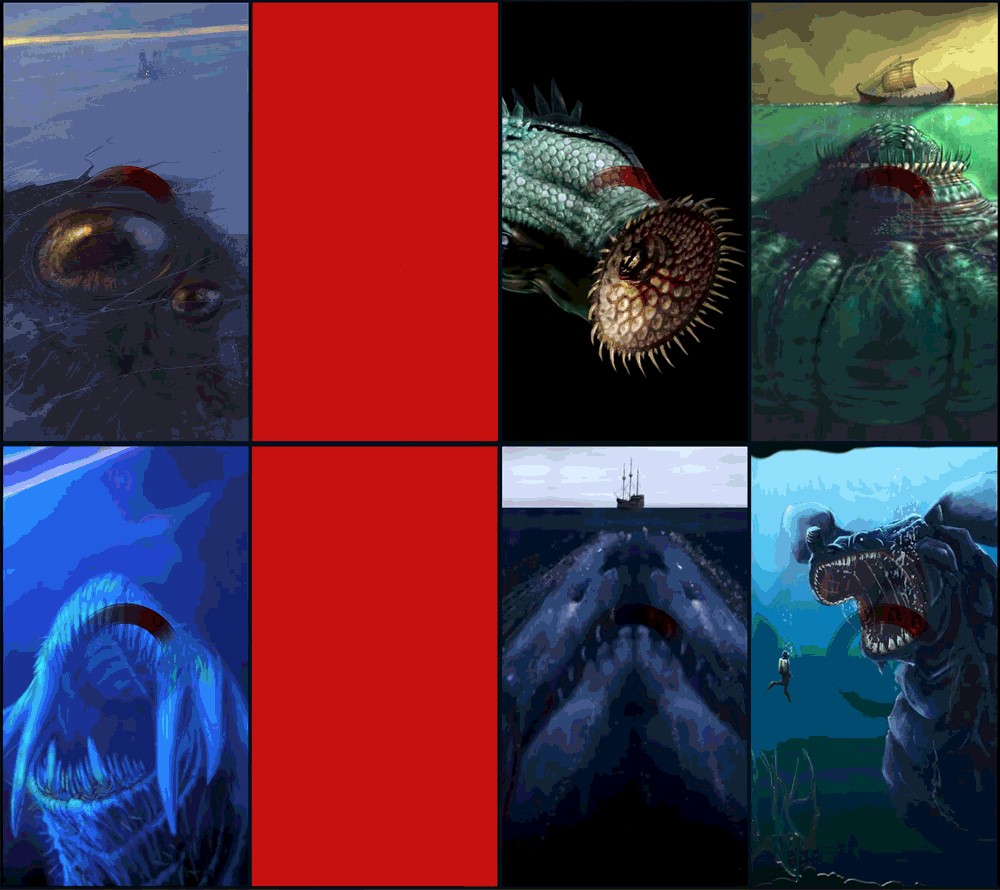Jamie Wyld (JW): You’re one of the first four artists to take part in Vital Capacities, how do you feel about being one of the first to take part?
Joey Holder (JH): It’s great to be asked first, as I think that this means that you trust me! When things start out, you need to work on things together with regards to the set up and development, so I am grateful that I can be part of that initial structuring. I’m excited about seeing how the project takes shape.
JW: Thanks for being part of the Vital Capacities residency programme! Can you say a little about yourself and your work, perhaps in relation to what you’re thinking about doing during the residency?
JH: Hey Jamie! Thanks so much for inviting me here. So a little about me – I am a visual artist, producer & mentor. My artwork is fuelled by continued dialogue and collaborations with researchers & practitioners from varied fields. I create fictional worlds & constructed environments that respond directly to contemporary, real world events. Each artwork is considered a ‘set’ with filmic, narrative, architectural, visuals & sound elements created uniquely for the conceptual underpinning of the project. I have worked with computational geneticists, marine biologists, behavioural psychologists & investigative journalists where my artwork has addressed themes including future farming, synthetic biology and deep-sea ecosystems.
Aside from making my own work, I try my best to support other younger artists with theirs. I run a project space in Nottingham called Chaos Magic which supports recent graduates. I also am the producer of SPUR, a virtual residency for graduating students of 2020.
JW: One of the aims of Vital Capacities is to create an accessible site – how do you think this will be an opportunity to develop your way of working?
Yes. It’s something that I admit I haven’t given much thought to before in terms of certain impairments. I have always been interested in different access points with regards to different ways into the work through different elements – whether that be narrative, something visual, conceptual or interactive…I think I enjoy artwork, music, writing the most when it has multiple access points – lots of different ‘ways in’…
I would like to work creatively with different voices ‘describing’ certain works and processes. I often depict and collage strange organic life forms which may appear quite alien, and I am interested in how this can be translated into language by different people and viewpoints and how this could form part of the work…
JW: What would you like to achieve through the residency? Is there a particular project you’ll be focusing on?
JH: I hope to develop ‘The Evolution of The Spermalege’ which is a project I have been working on since 2014. I have encountered many technical hurdles with the work and want to dedicate time to overcome these.
For the project I have created 3D printed models based on the genitalia of various insects.
Insects have some of the strangest mating practices in the animal kingdom, for example honey bees penises snap off and explode, female praying mantis eat their male partners (sometimes even during copulation) and male bedbugs use their scimitar-like sexual organ to impale the female body and deposit the sperm.
The models express the myriad of exquisite forms and mating practices found in the animal kingdom which are often invisible to the naked eye. We often imagine what life is like on other planets, other worlds, yet what is present right under our noses is stranger than we can imagine, far more ‘alien’.
JW: How do you see the next few weeks unfolding? Where would you like it to take you?
JH: I want to be as transparent as possible during my process and working methods. I often don’t feel like work presented within gallery settings tells the ‘full story’, and much of what the work is about for me is the transformational processes it takes, not just the ‘finished’ result. I have always struggled with this and feel like the process of making and exploring is the work, so I want to use the different areas of the platform to journal and record these processes.
Image credit: ‘Selachimorpha’, Joey Holder, 2017
